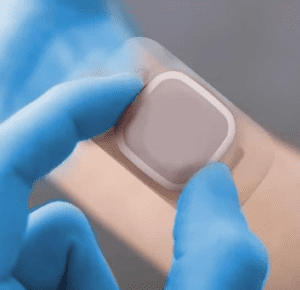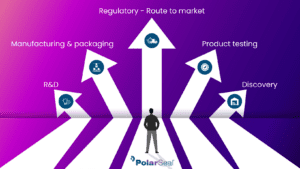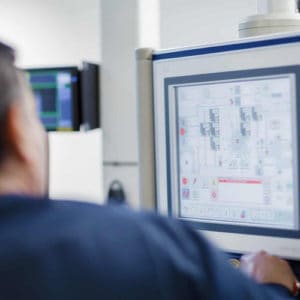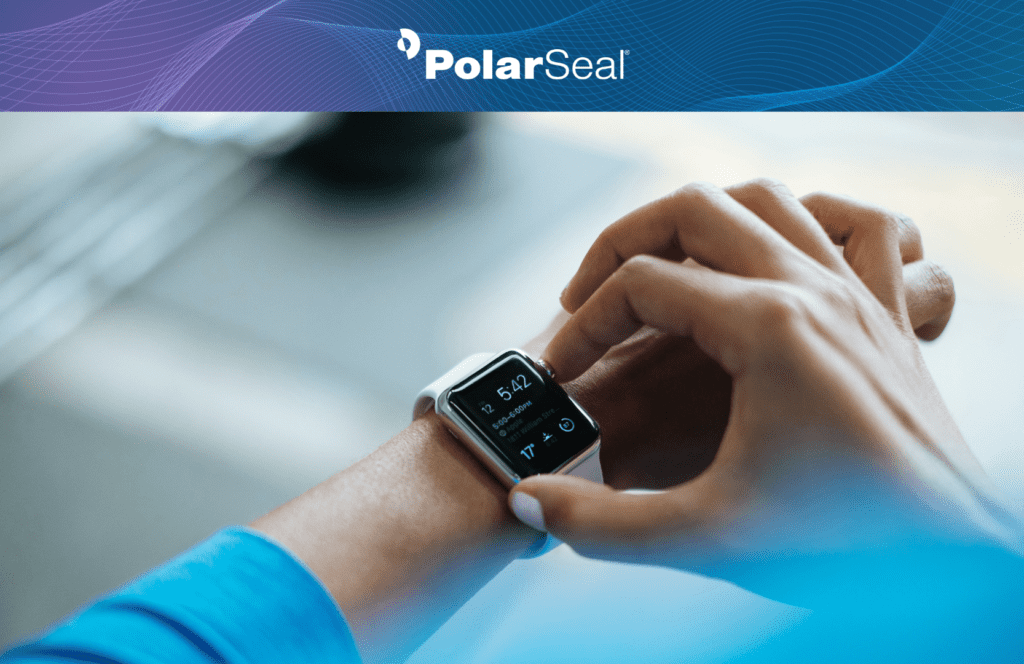Wearable medical technology – a growing market seeing large investment and consumer interest.
For the past few years, wearable technology has been a market and an aspect of medical device manufacturing, but not necessarily incredibly prevalent. If the layman were to consider wearable technology, they’d probably think of sensors and diodes placed along the body to monitor heart rate, lung capacity, body temperature, etc.
Of course this technology exists in the guise of smartwatches and smart clothing, and while that is more often used in professional sports like rugby and cycling to track progress and fitness, the real capabilities of wearable medical technology are only just emerging.
At the forefront of this wearable technology revolution is the phrase “drug delivery”. People with chronic health conditions can often feel like their lives revolve around medication – they must time their consumption of medicine precisely to ensure their body is balanced and taken care of. With technology’s progress, however, this overbearing feeling can be lessened through artificial intelligence.
An obvious example is diabetes. Instead of a standard, manual checking of blood sugar and administering insulin as needed, the patient can instead rely on a small, sophisticated electromedical device that is able to do all these processes for them. There is no need to structure a day around injections and checking levels – the AI contained in the device can do it all for you.
However, while diabetes is potentially the most common disease that this type of technology will be used for, it won’t be the only one. During the COVID pandemic, healthcare institutions approved and released more convenient at-home chemotherapy cancer treatments in a bid to open up more space at hospitals for the onslaught of COVID cases. While this was done out of necessity, it showed a reliance on the administrative technology associated with the at-home treatments, a definite step in the direction of wearable technology that can continue to treat a variety of diseases and chronic conditions.
The wearable drug delivery market is exploding – from simple patches and medical wearable devices on the skin to subcutaneous non-needle injectors, the industry is expected to exceed $240 billion in the next two years alone. The innovations coming from this corner of our industry are immense, and the ability to be able to harness technology to make healing even more efficient is nothing short of astounding.
While we enjoy exploring the depths of medical wearable technology and using our advanced in-house converting capabilities to produce some of these incredible inventions for medical devices companies around the world, the trend is truly only in its infancy. As technology becomes deeper, so too do the implications of the medical and scientific uses of this technology. We cannot wait to see where this will lead, and ultimately, how wearable devices could shape humanity’s future








